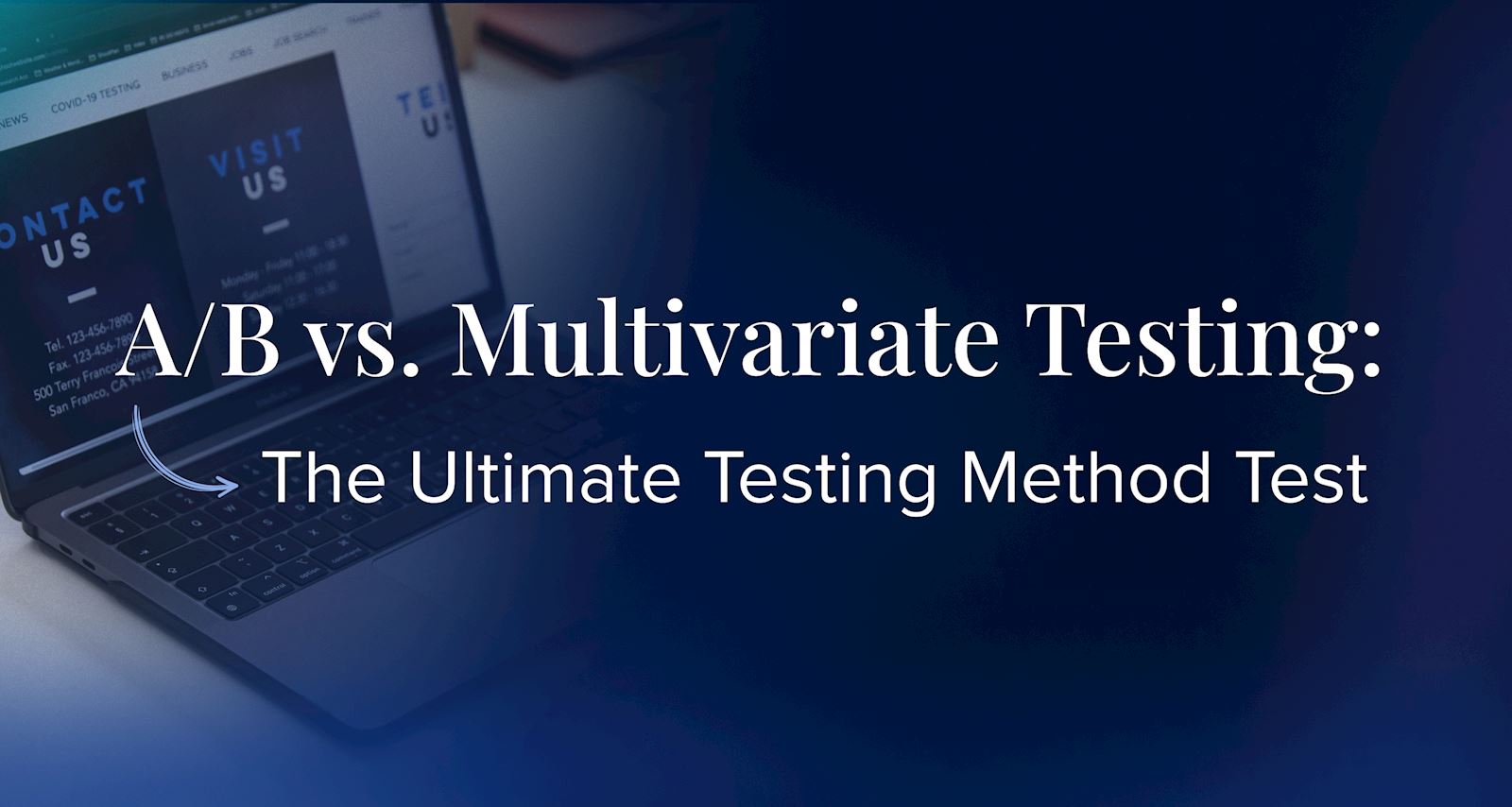A/B vs Multivariate Testing: What’s the Difference and When Should You Use Each?
Published by Spinutech on April 21, 2025

When optimizing your website or app, setting up a test and deciding which testing method to use is critical in uncovering valuable insights and improving conversion rates.
While A/B and multivariate testing are both effective tools, each has its own strengths and ideal use cases. Let’s break down the differences and on when to use each.
What is A/B Testing?
A/B testing is a conventional method for comparing two versions of a webpage or app to determine which one performs better based on a specific conversion goal.
You create two variations: A control (version A) and a variation (version B). These two versions are randomly shown to different segments of your website visitors. The goal is to analyze which version leads to more conversions or desired actions.
A classic example of A/B testing would be comparing the text or color of a call-to-action (CTA) button. For instance, you might test a green "Buy Now" button (version A) against a red "Buy Now" button (version B) to see which one generates more clicks. The simplicity of A/B testing is what makes it a popular and effective approach for smaller changes.
What is Multivariate Testing?
Multivariate testing (MVT) is a more advanced approach that involves testing multiple variables on a page simultaneously. Instead of focusing on one element at a time, multivariate testing explores all possible combinations of changes across several elements to see which combination produces the best outcome.
For example, if you're testing both the text and color of a CTA button, MVT would test all combinations of those changes — think "Buy Now" in green, "Buy Now" in red, "Shop Today" in green, and "Shop Today" in red. This method helps reveal not only which individual element works best but also how different elements interact with each other to influence user behavior. MVT is ideal for understanding complex interactions between different page elements, such as headlines, buttons, and images.
A/B Testing vs. Multivariate Testing
Understanding when to use A/B testing versus multivariate testing depends on several factors, including the complexity of the page, the number of variables you're testing, and the traffic volume your site receives.
A/B Testing
A/B testing is best suited for testing changes to a single element or a small number of variations. It's ideal for websites or pages with limited traffic, as it requires fewer visitors to achieve statistically significant results. Use A/B testing when you want clear, actionable insights about the impact of a single change (e.g., adjusting button color or headline text).
Multivariate Testing
Multivariate testing shines when optimizing complex pages with multiple elements that could affect conversions. For example, if you're testing a landing page with several text, design, and layout elements, MVT can provide valuable insights into how these elements interact.
However, MVT requires a high volume of traffic, as each combination needs enough data to produce reliable conclusions. Use MVT when you want to understand how different elements work together and identify the best overall combination for maximum impact.
When You Understand Each Testing Method, the Choice is Clear
A/B testing is simpler, more practical, and ideal for testing single changes or low-traffic sites. It provides clear and focused insights that help marketers make quick, data-backed decisions. Multivariate testing is better suited for high-traffic, complex pages with multiple variables, helping you uncover the most effective combination of elements for optimizing conversions.
Understanding when to use each method will ensure you are gathering the most useful data to refine your website and improve overall performance.
If you’re interested in exploring either testing method, let’s chat.